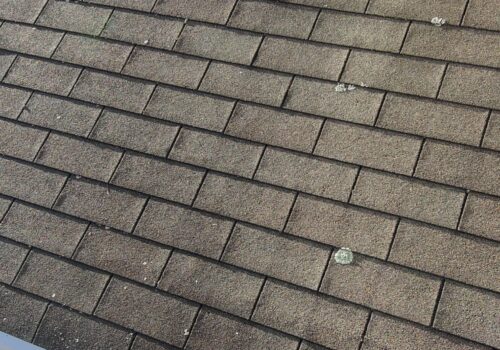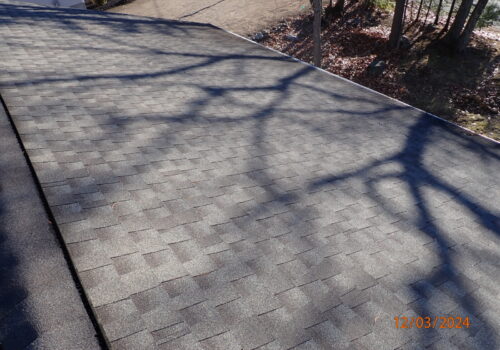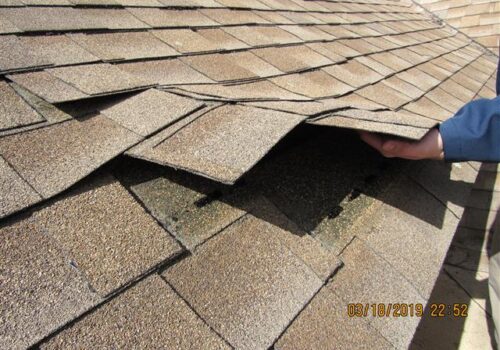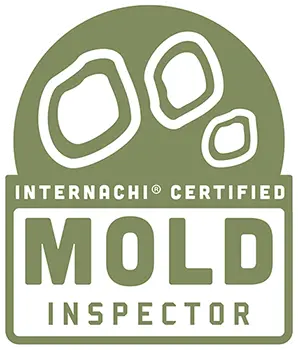Understanding Roof Shingle Life Expectancy in New Hampshire
How many years will my roof last? How much longer until I have to replace my roof? How old is my roof? These are all questions NH Home Inspectors are asked regularly. They are extremely difficult questions to answer as your home inspector will not be able to give you exact timeline. However, we will be able to give you an idea of the overall condition of your roof. Let’s take a closer look at understanding roof life expectancy in New Hampshire.
Nestled in the heart of New England, New Hampshire experiences a diverse range of weather conditions throughout the year, from cold snowy winters to hot and humid summers. Amidst this climate variability, homeowners face the critical challenge of ensuring the longevity and durability of their roof coverings. In this blog, we’ll explore the factors that influence roof shingle life expectancy in New Hampshire and provide insights on how homeowners can protect and extend the lifespan of their roofs.
First, let’s talk about the impact of the NH climate on roof materials. New Hampshire’s climate plays a significant role in determining the life expectancy of roof shingles. With heavy snowfall in the winter, intense sunlight in the summer, and the potential for rapid temperature fluctuations, roofs are exposed to a variety of stressors. Quality roofing materials that can withstand these extremes are crucial for ensuring a longer lifespan.
The choice of roofing material significantly influences how well a roof can endure the New Hampshire climate. Asphalt shingles, a popular choice, come in various grades and qualities. High-quality asphalt shingles are designed to withstand the region’s weather challenges, providing better longevity and resistance to damage. Let’s take a look at a couple of the more common roof shingles that we see in NH.
3-tab shingles are being phased out by manufacturers. They have been a budget-friendly product in the roofing industry for decades. They are now being replaced by sustainable and more durable materials. They have a shorter lifespan than other shingles, typically no more than 20 years if well cared for (sometimes even less). Many states now have building regulations that make it difficult for manufacturers to meet modern standards and this type of shingle often does not meet those regulations. If your home still has 3-tab shingles, the shingles are most likely aged and nearing the end of their serviceable life. Using the example here (to right), these shingles are considered to be worn out. You can see the edges and corners are starting to lift and curl. I wouldn’t recommend going through a harsh NH winter with a roof that looks like this.
Architectural Shingles (left) are generally better than 3-tab shingles because they are more durable, can withstand the NH climate, and have a longer life span. These shingles are usually made with higher quality materials, making them more resistant to wind and harsh winter weather. Depending on the quality of the shingle, an architectural style shingle can last 25-50 years.
Installation matters! Even the most durable shingles may not reach their full life expectancy if not installed correctly. Professional installation by experienced roofing contractors ensures that shingles are properly aligned, sealed, and protected against potential leaks. Here, we see shingles that were slipping down the roof as they were not nailed properly by the original installer. The only fix is to replace the entire roof in this case. Even proper ventilation and insulation also play key roles in maintaining a healthy roofing system.
Regular roof maintenance is paramount for extending its lifespan. Inspecting the roof for damaged or missing shingles, cleaning gutters, and addressing any issues promptly can prevent small problems from escalating into major repairs. This proactive approach is especially important in a climate where weather-related wear and tear are common.
New Hampshire’s cold winters can lead to the formation of ice dams, which pose a threat to roof shingles. Read more on ice dams in our previous article. Ensuring proper insulation, ventilation, and occasionally clearing snow from the roof can help mitigate the risk of ice dams and protect the shingles from the associated damage.
In conclusion, here in the Granite State, where weather can be both a friend and a foe, understanding the factors that influence roof shingle life expectancy is essential for homeowners. By choosing high-quality materials, ensuring proper installation and ventilation, and embracing regular maintenance practices, homeowners in New Hampshire can fortify their roofs against the elements and enjoy a longer, more resilient roof life. After all, a well-protected roof is not just a shelter; it’s an investment in the enduring comfort and safety of your home.




















